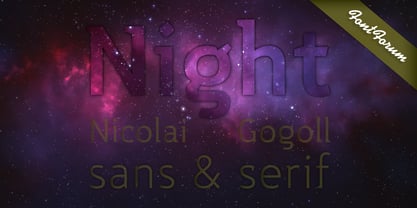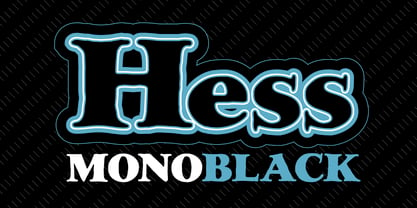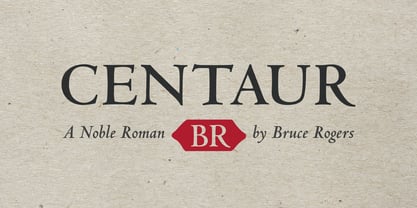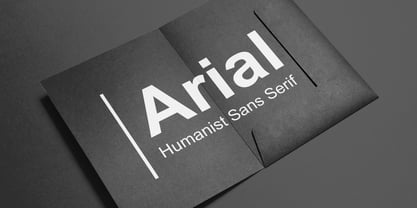6,931 search results
(0.213 seconds)
- Jeff - Unknown license
- DSJapanCyr - Unknown license
- Nightsans by URW Type Foundry,
$19.99 - Annifont - Unknown license
- Jellyka - Personal use only
- KG This Is Not Goodbye - Personal use only
- HenryMorganHand - 100% free
- Set Fire to the Rain - Personal use only
- KG How Many Times - Personal use only
- elizajane - Personal use only
- You're Gone - Unknown license
- Charlie - Unknown license
- Pea Whinney Skinney - Unknown license
- Waiting for the Sunrise - Personal use only
- KG Mercy in the Morning - Personal use only
- CloseCall - Unknown license
- Fely - Unknown license
- Gato - Personal use only
- Give You Glory - Personal use only
- Pea Martha - Personal use only
- Pea Marcie - Unknown license
- Boodas.de | My | Regular - Unknown license
- Colagraph - 100% free
- SL Cortazar by Sudtipos,
$29.00 - DS Stamp Cyr - Unknown license
- DS Eraser Cyr - Unknown license
- DS Comedy Cyr - Unknown license
- Fairbank by Monotype,
$29.99 - LTC Hess Monoblack by Lanston Type Co.,
$24.95 - DS Zombie Cyr - Unknown license
- Rotulona Hand - Personal use only
- Linotype Clascon by Linotype,
$29.99 - Drawboard BT by Bitstream,
$50.99 - Cochin by Linotype,
$29.99 - DS Down Cyr - Unknown license
- Centaur by Monotype,
$29.99 - Arial by Monotype,
$45.99 - Grigory by Hanoded,
$15.00 - DS Diploma - Unknown license
- Jellyka King's Hat - Personal use only



































